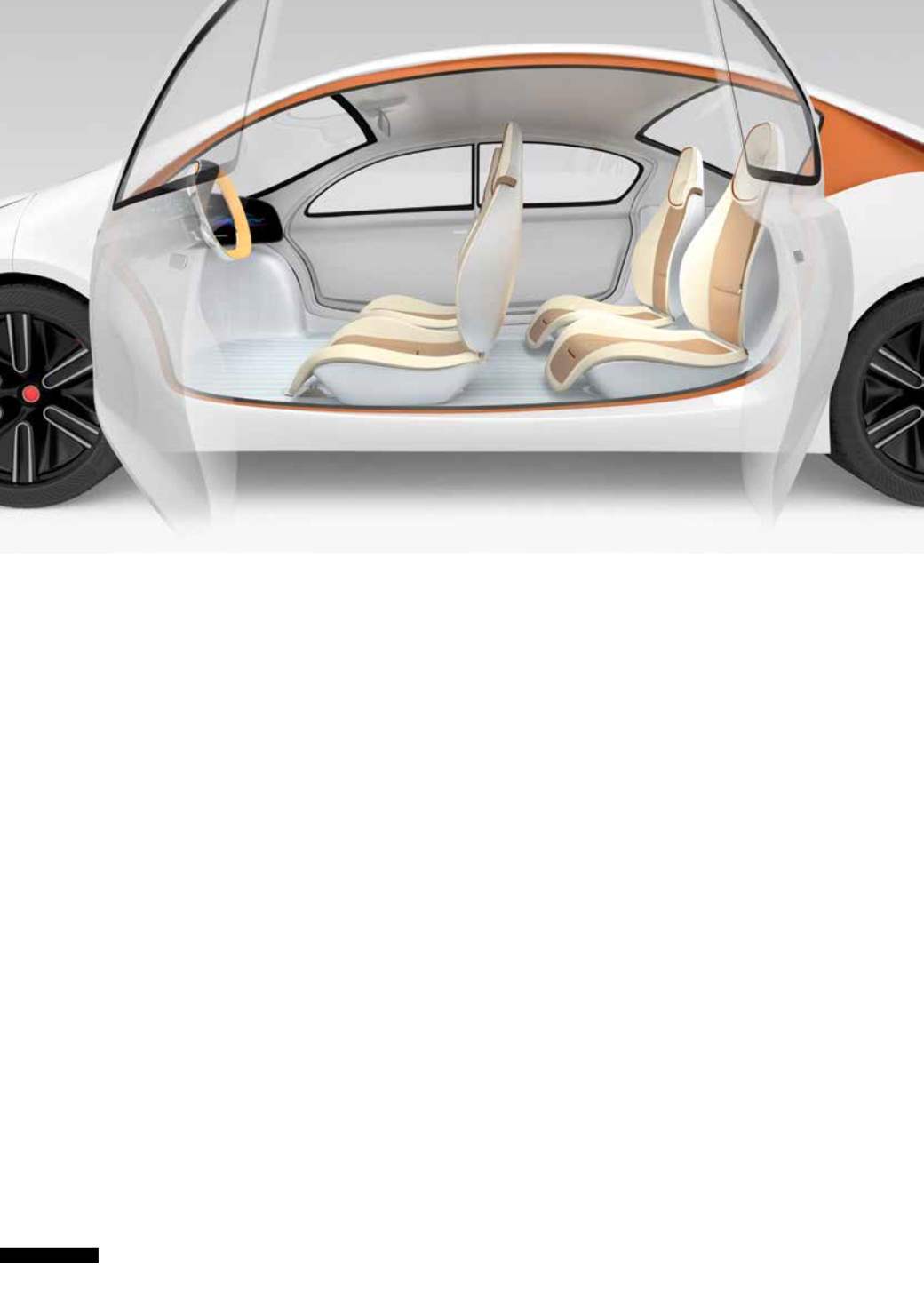

will there be a need for the same type of roadway lighting?
LiD
NOV/DEC
2016
8
I
n this article by PaulTarricone of LD+A, a round-
table panel speculates on the implications of
driverless vehicles.
NBC News recently asked the question: ‘What
jobs could driverless cars eliminate?’ Among the
endangered species are those working for body
shops, car insurance salespeople, driving teachers
and attorneys who make a living off automobile
accidents. Happily, roadway lighting professionals
were not on the hit list, yet changes in the lighting
industry might be around the corner.
LD&A, the magazine of the Illuminating Engi-
neering Society of North America, asked several
researchers, manufacturers and stakeholders what
driverless vehicles might mean for the future of
roadway lighting. The panel included:
• Jim Frazer, Gridaptive Technologies, and vice
chair of the IES Roadway Lighting Committee.
• Leo Smith, Outdoor Environmental Lighting
Consultant.
• John Bullough, director of transportation and
safety lighting programmes at the Lighting
Research Center.
• Mario Romero, marketing specialist, SOURCE
Lighting Education Center, Eaton.
• Tom Salpietra, president and COO of EYE Light-
ing International.
Their responses touched on the technical, the
aesthetic and the financial.
1.
Will the traditional definition and require-
ments of ‘roadway lighting’ change with the
emergence of driverless vehicles? Will safety
be less of a concern, since ‘driver error’ would
become less of a factor, or none at all?
Frazer:
Roadway lighting systems’ design and
deployments will still be driven by safety and eco-
nomics. What is changing are the answers to the
question: “What tools and technologies do we have
that can increase safety?”
In the not-too-distant future, pedestrians, bicy-
clists and vehicles will all interact dynamically with
the infrastructure. Crosswalks may brighten as a
pedestrian approaches, roadway lighting may be
dimmed or even extinguished in times of low to very
low traffic. Colour temperature changing fixtures
may be employed. All these scenarios are being
envisioned by standards developers, as without
communications and other interoperability standards
none of these sensors could talk to one another.
When we look at vehicles, specifically, it’s a two-
step parallel process. First, there are ‘connected
vehicles’, which you drive.What’s added are alarms
that warn you if you’re too close to another vehicle
or pedestrian, and braking systems that automati-
cally engage if you ignore the warning.
At the other end of the technology continuum,
the autonomous vehicles of today contain tens of
In a world without drivers …
















